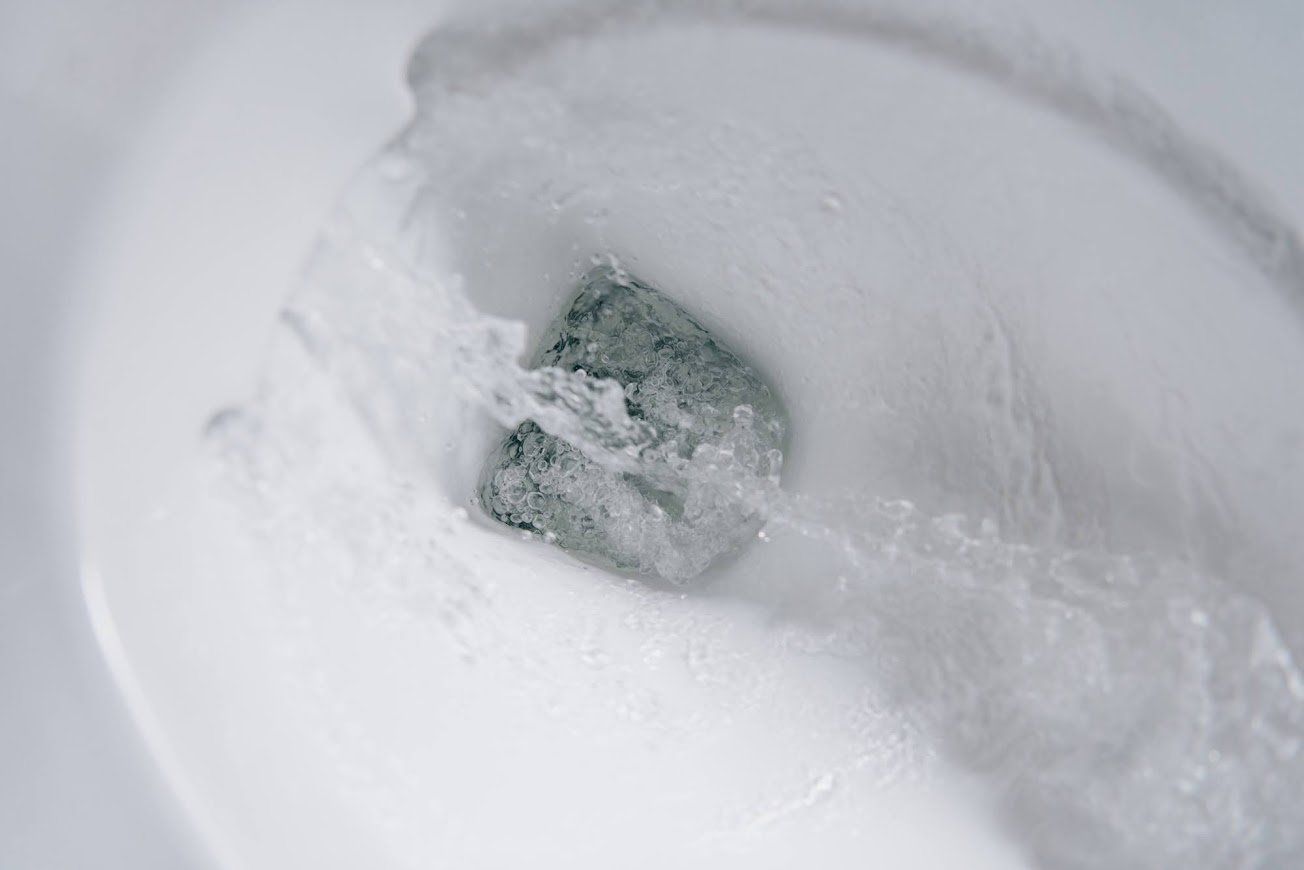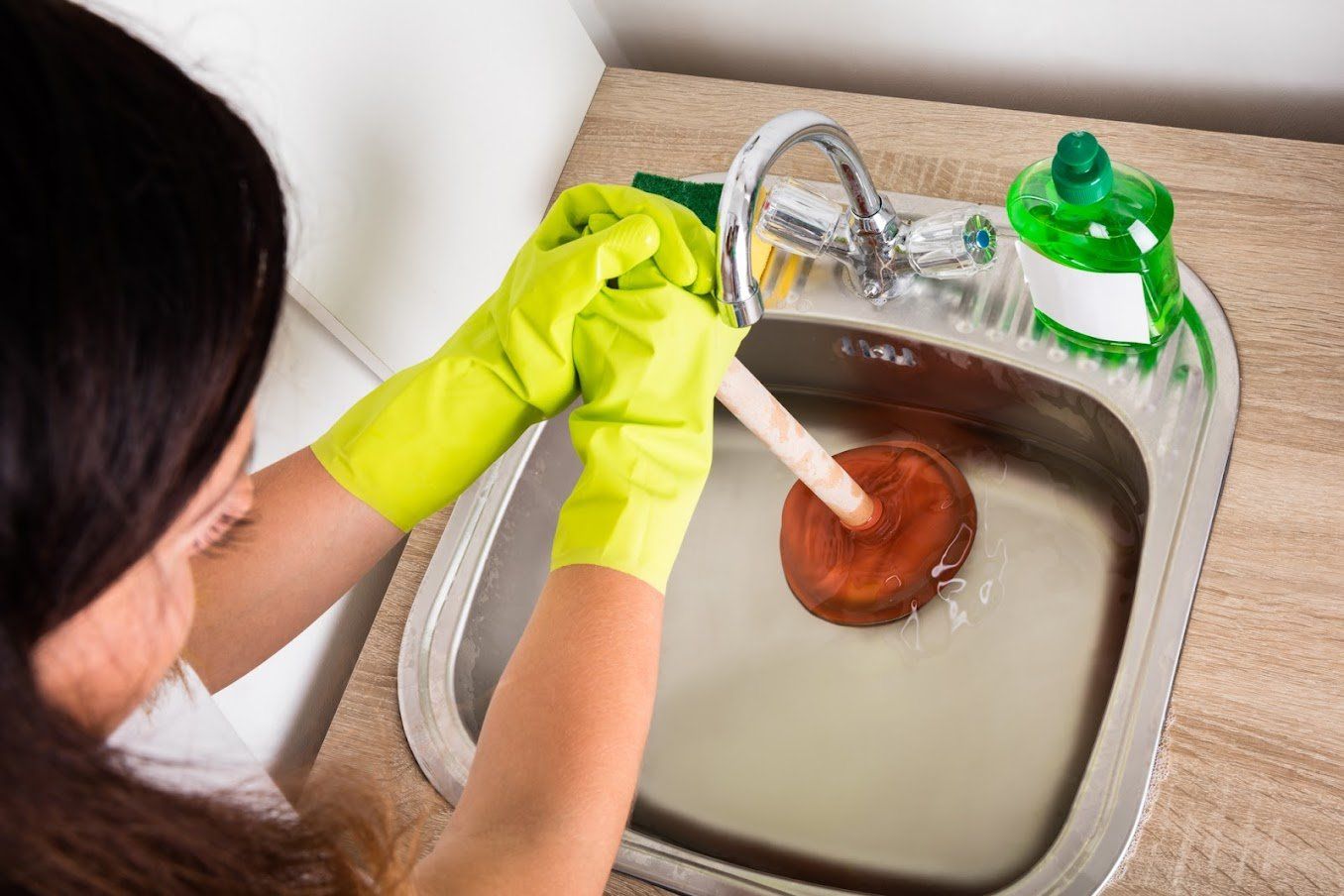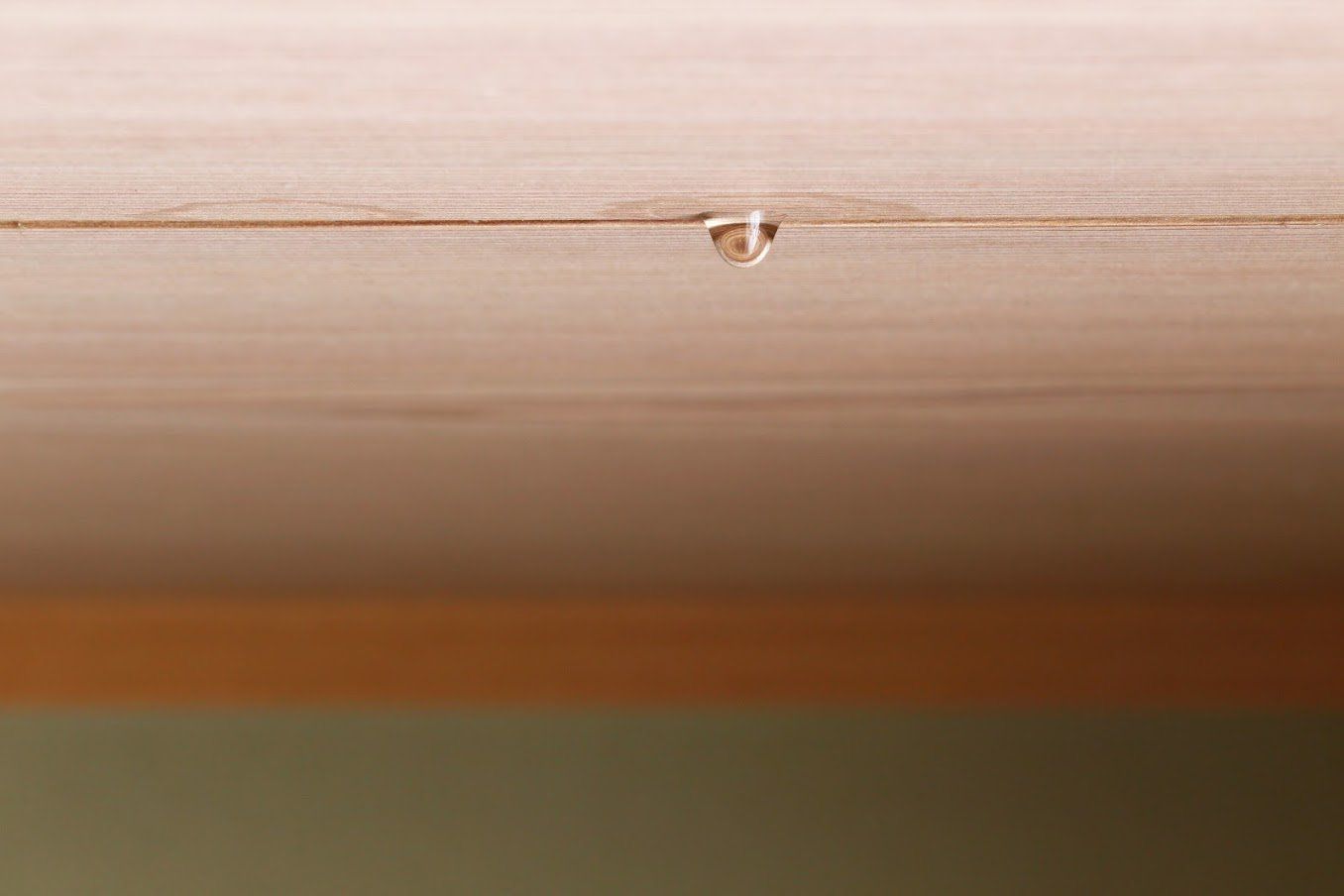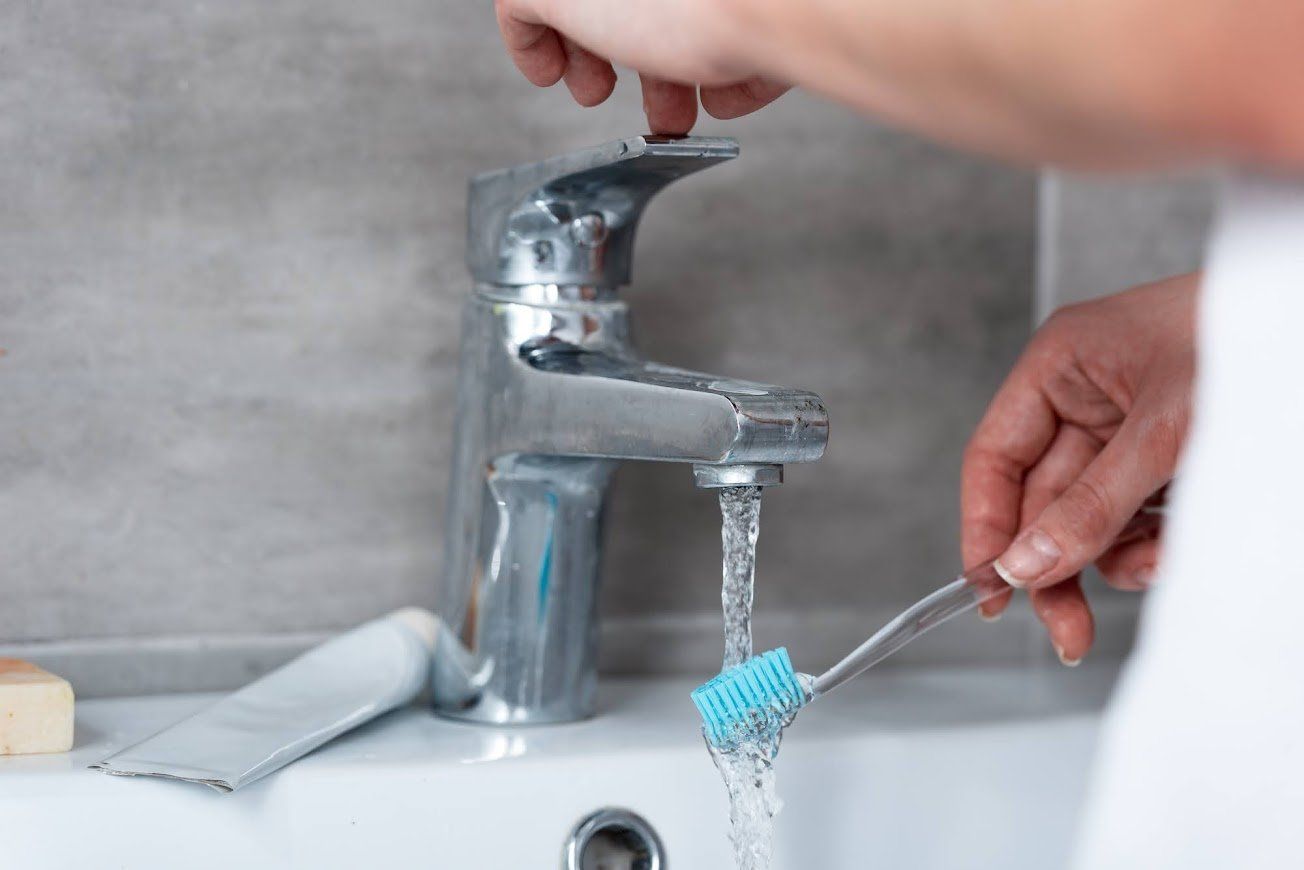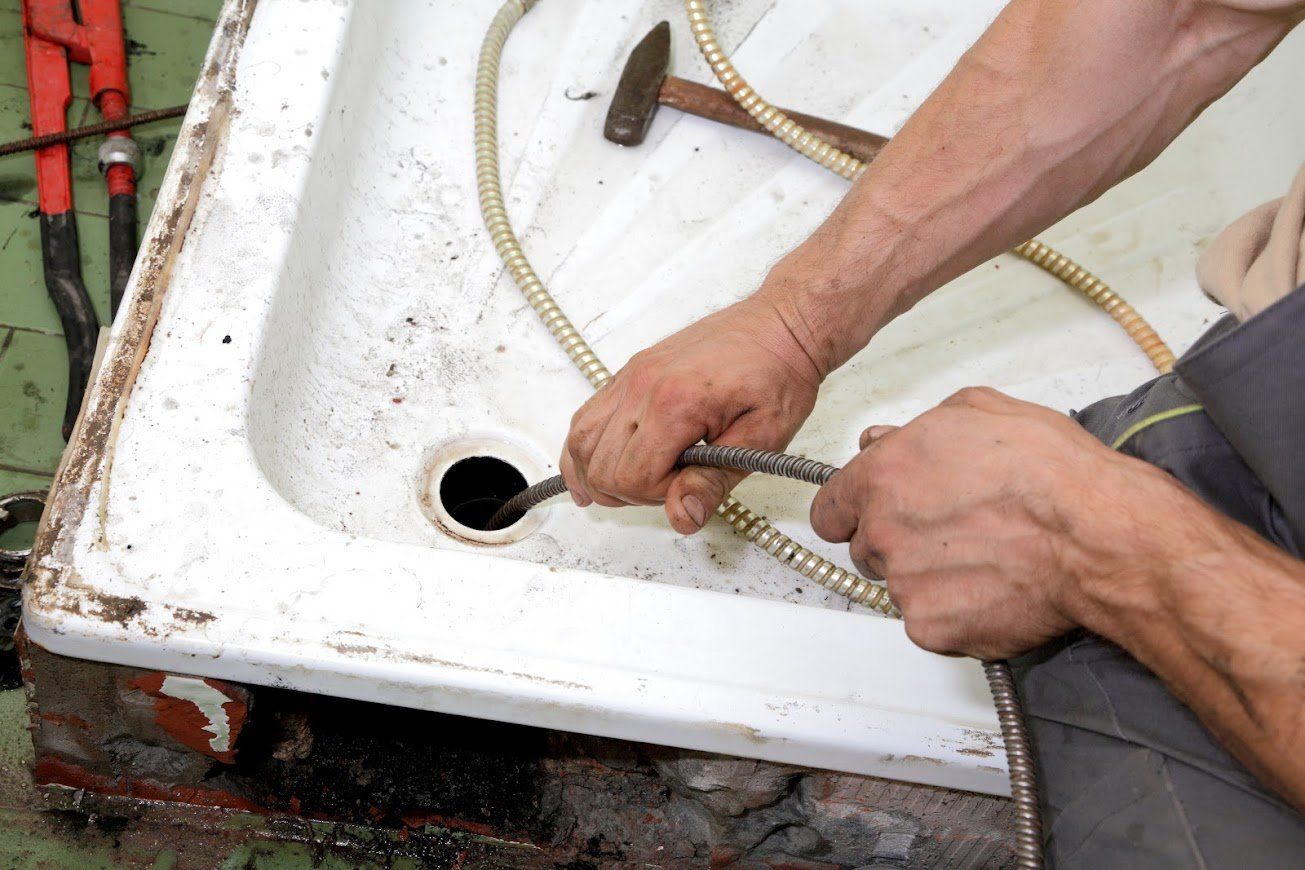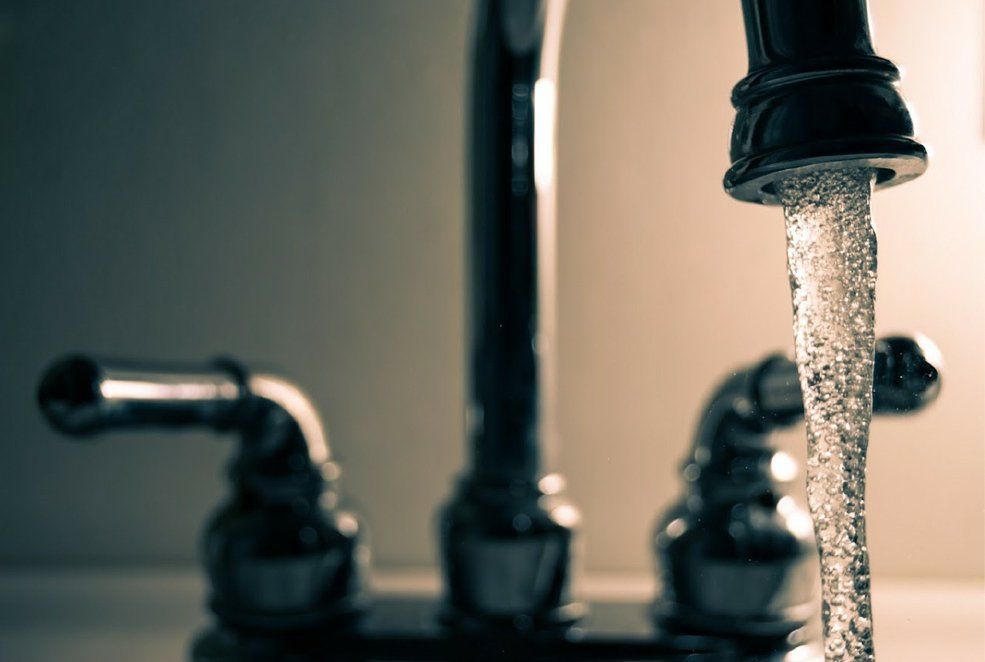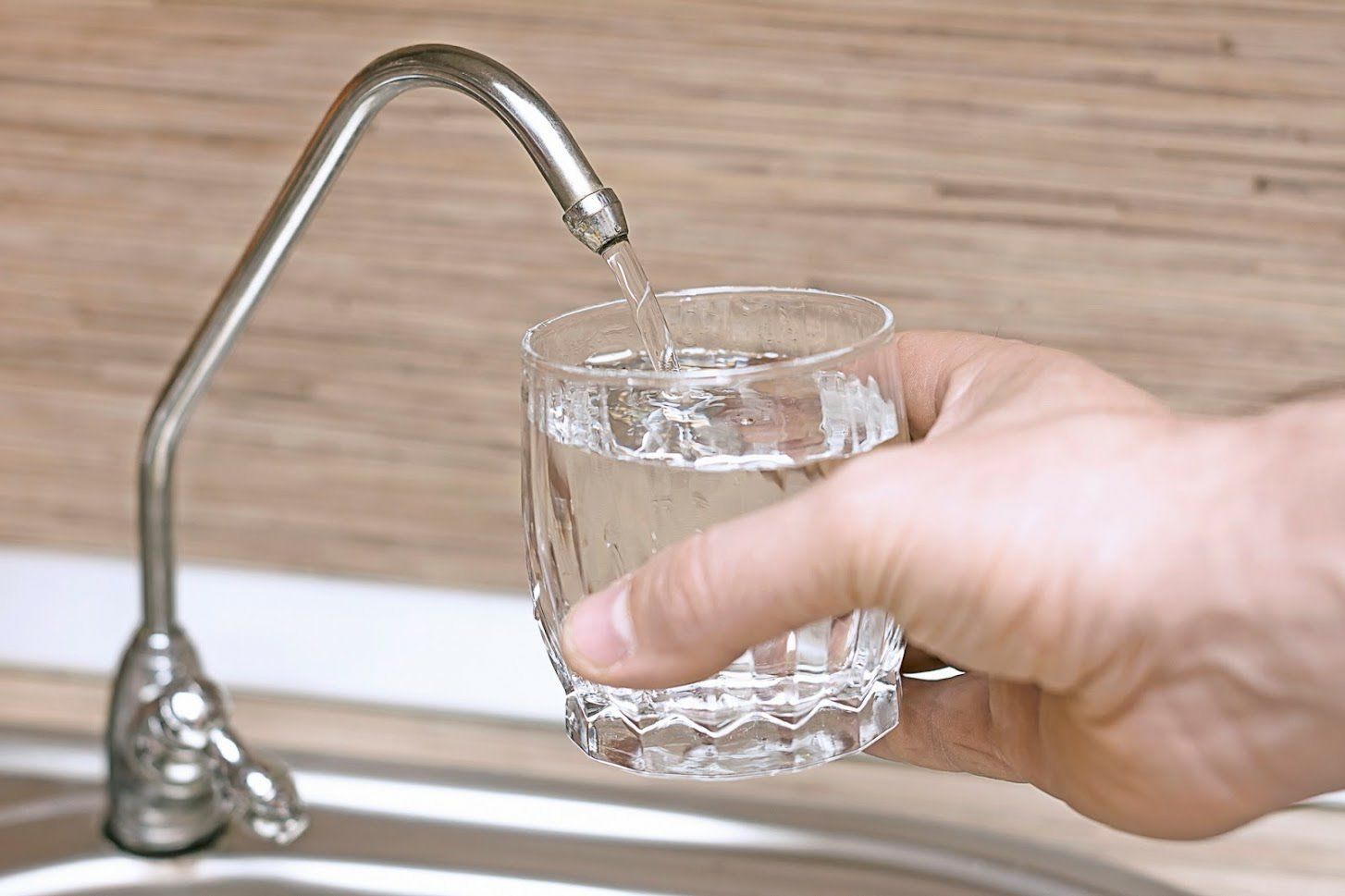Plumbing Problems and Pests: What Homeowners Should Know
Admin • May 26, 2020
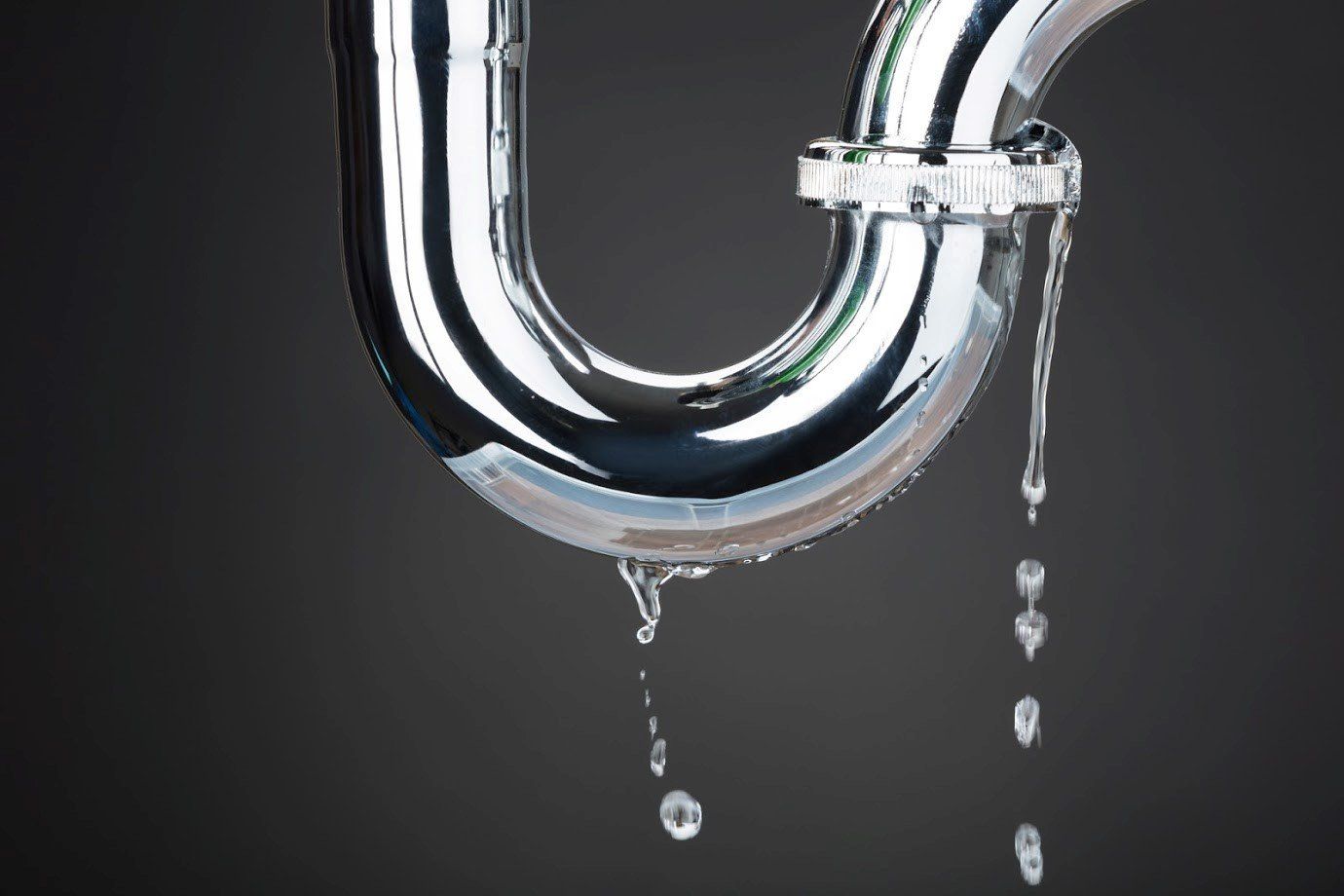
Homeowners sometimes have to contend with both pest problems and plumbing problems. If you seem to struggle with both situations simultaneously, you should know that leaks, standing water, and other issues with your plumbing can attract everything from flies and termites to rodents.
The more thoroughly you understand the relationship between plumbing troubles and pest infestations, the more easily you can keep unwanted guests out of your home while also protecting your home's structure and functionality. Here are some key points to absorb on the subject.
How Plumbing Leaks Pave the Way for Pests
Plumbing problems typically cause some degree of water accumulation in your home. This water presents a powerful attraction for pests who need moisture to live and breed. If the moisture extends from a leak in your plumbing system to surrounding wood, it may attract a termite infestation.
While some termite species can get the moisture they need directly from the air, the aptly named dampwood termite requires damp surroundings to facilitate its creation of nests. These termites, a common problem for Pacific Coast homeowners, will burrow into damp and decaying wood, accelerating its destruction.
Other insects, less destructive but no less welcome than termites, may also invade your home in response to the presence of moisture. Examples include cockroaches, ants, mosquitoes, spiders, and silverfish. Puddles of moisture near leaky plumbing components might even attract rodents in search of a steady water supply.
Why Pests Live in Drains
You don't have to have a leaky pipe to find yourself facing a plumbing-related pest problem. Some infestations stem from drainage problems that leave standing water in tubs or sinks. A clogged kitchen drain line can hold both trapped water and particles of food, both powerful enticements for pests.
Sometimes a lack of water enables a pest infestation. For example, a toilet's P-trap holds water in its U-shaped pipe to prevent sewer gas and pests from entering your home. A plumbing malfunction that leads to an empty P-trap offers an open passageway for pests.
Dirty drains often turn into pest-infested drains. Drain flies commonly inhabit drains that contain accumulated organic slime, water, and food particles. A sluggish, semi-clogged, or totally blocked drain gives these tiny flies an ideal breeding ground and food source.
How to Spot a Plumbing-Related Pest Problem
To track down a plumbing-related pest issue, check your household drains to make sure that they function normally instead of leaving standing water. Examine the pipes beneath fixtures for any signs of leakage while also checking the surrounding wood or drywall for dampness or deterioration.
If you can't determine which of your drains invites pests, try partially covering them with a X-shaped application of masking tape overnight. Pull the tape up first thing in the morning, examining the underside of the tape for any trapped drain flies or other bugs.
How Professional Plumbing Services Can Help
A leaky plumbing pipe or seal calls for prompt professional attention. Plumbers can replace worn-out or damaged components quickly and skillfully, eliminating any leaks that may have provoked a pest infestation. These specialists can also unclog drains and remove the organic matter that pests consume.
A toilet P-trap may dry out simply because no one has used it for months, permitting the water in it to evaporate. You can often solve this problem by pouring water into the toilet. If you have a blocked roof vent, however, air may replace water in the P-trap. Plumbers can identify and fix this problem.
The most effective way to deal with plumbing-related pest problems involves preventing those problems in the first place. Schedule periodic plumbing inspections to make sure that your system has no leaks or drainage problems.
If you suspect that a plumbing problem has turned your home into a pest haven, Art Douglas Plumbing Inc. can check your system and make any necessary fixes. Contact us
today to schedule service.


